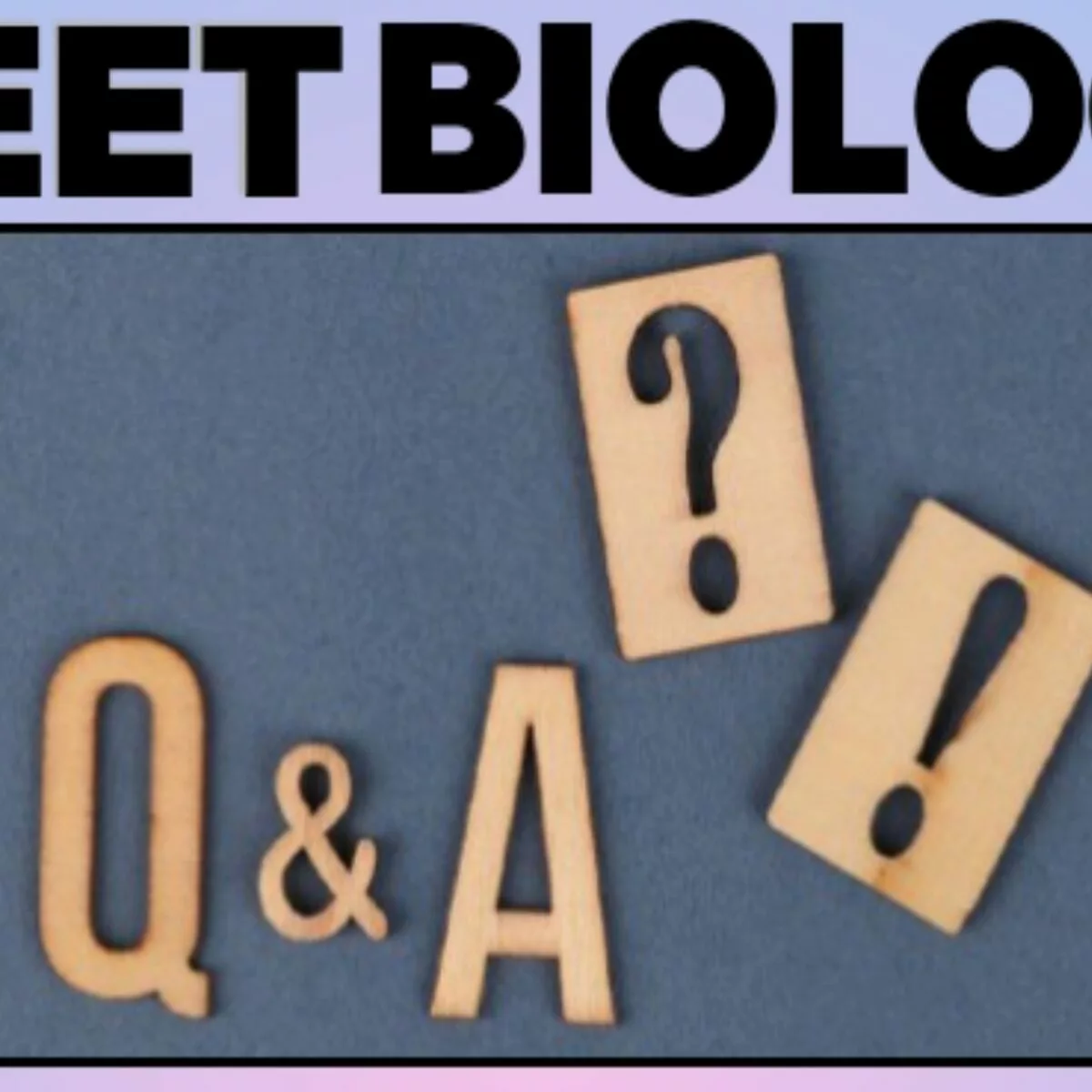The Biology section of NEET primarily focuses on topics related to Class 11 and Class 12 Biology syllabus of the NCERT (National Council of Educational Research and Training) textbooks. Some of the key questions that are often covered in the NEET Biology 2024.
| About Neet | Answer |
|---|---|
| NEET Exam Date | The NEET (National Eligibility cum Entrance Test) exam date varies each year. It is conducted once a year, usually in May or June. |
| NEET Authority | The National Testing Agency (NTA) is the conducting authority for the NEET exam in India. They are responsible for organizing and administering the exam, as well as declaring the results. |
| NEET Exam Method | The NEET exam is conducted in a pen-and-paper (offline) mode. Candidates are provided with a question booklet and an OMR (Optical Mark Recognition) sheet to mark their answers. The exam is held at designated test centers across India. There are a total of 180 multiple-choice questions, and candidates have 3 hours to complete the exam. |
| NEET Exam Mark | The NEET exam is scored out of 720 marks. Each correct answer carries 4 marks, while 1 mark is deducted for each incorrect answer. There is no negative marking for unanswered questions. The final score is calculated based on the number of correct and incorrect answers. The NTA determines the qualifying cutoff marks for NEET each year. |
| Subjects in NEET | The NEET exam includes questions from the following subjects: Physics, Chemistry, and Biology (Botany and Zoology). The distribution of questions is as follows: Physics (45 questions), Chemistry (45 questions), Botany (45 questions), and Zoology (45 questions). Therefore, there are a total of 180 questions in the NEET exam, evenly distributed among these four subjects. |
1The difference between spermiogenesis and spermiation is
(a) In spermiogenesis spermatids are formed, while in spermiation spermatozoa are formed.
(b) In spermiogenesis spermatozoa from sertoli cells are released into the cavity of seminferous tubules, while in spermiation spermatozoa are formed.
(c) In spermiogenesis spermatozoa are formed while in spermiation spermatids are formed.
(d) In spermiogenesis spermatozoa are formed, while in spermiation spermatozos are released from sertoli cells into the cavity of seminiferous tubules.
Ans: (d) In spermiogenesis spermatozoa are formed, while in spermiation spermatozos are released from sertoli cells into the cavity of seminiferous tubules.
2.Which of the following options correctly represents the lung conditions in asthma and emphy- sema, respectively?
(a) Inflammation of bronchioles, Decreased respiratory surface
(b) Increased respiratory surface, Inflammation of bronchioles
(c) Increased number of bronchioles, Increased respiratory surface
(d) Decreased respiratory surface; Inflammation of bronchioles
Ans: (a) Inflammation of bronchioles, Decreased respiratory surface
3.Which of the following events does not occur in rough endoplasmic reticulum?
(a) Protein folding
(b) Cleavage of signal peptide
(c) Protein glycosylation
(d) Phospholipid synthesis
Ans: (c) Protein glycosylation
3.Which of these statements is incorrect?
(a) Enzymes of TCA cycle are present in mitochondrial matrix.
(b) Glycolysis operates as long as it is supplied with NAD that can pick up hydrogen atoms.
(c) Glycolysis occurs in cytosol
(d) Oxidative phosphorylation takes place in outer mitochondrial membrane.
Ans: (d) Oxidative phosphorylation takes place in outer mitochondrial membrane.
4.Nissl bodies are mainly composed of
(a) Proteins and lipids
(b) Nucleic acids and SER
(c) DNA and RNA
(d) Free ribosomes and RER
Ans: (d) Free ribosomes and RER
5.Which of the following terms describe human dentition?
(a) Thecodont, Diphyodont, Homodont
(b) Pleurodont, Monophyodont, Homodont
(c) Thecodont, Diphyodont, Heterodont
(d) Pleurodont, Diphyodont, Heterodont
Ans: (c) Thecodont, Diphyodont, Heterodont
6.Select the incorrect match:
(a) Lampbrush chromosomes:Diplotene bivalents
(b) Submetacentric chromosomes:L-shaped chromosomes
(c) Allosomes:Sex chromosomes
(d) Polytene Chromosomes:Oocytes of amphibians
Ans: (d) Polytene Chromosomes:Oocytes of amphibians
7.Many ribosomes may associate with a single mRNA to form multiple copies of a polypeptide simultaneously. Such strings of ribosomes are termed as
(a) Polysome
(b) Plastidore
(c) Polyhedral bodies
(d) Nucleosome
Ans: (a) Polysome
8.According to Hugo de Vries, the mechanism of
evolution is
(a) Multiple step mutations
(b) Phenotypic variations
(c) Saltation
(d) Minor mutations
Ans: (c) Saltation
9.All of the following are part of an operon except
(a) An operator
(b ) An enhancer
(c) Structural genes
(d) A promoter
Ans: (b ) An enhancer
10.AGGTATCGCAT is a sequence form the coding strand of a gene. What will be the corre sponding sequence of the transcribed mRNA?
(a) AGGUAUCGCAU
(b) ACCUALGCGAU
(c) UGGTUTCGCAT
(d) UCCALAGCGUA
Ans: (a) AGGUAUCGCAU
11.A woman has an X-linked condition on one of her X chromosomes. This chromosome can be inherited by
(a) Only daughters
(b) Only grandchildren
(c) Only sons
(d) Both sons and daughters
Ans: (d) Both sons and daughters
12.Which of the following gastric cells indirectly help in erythropoiesis?
(a) Chief cells
(b) Goblet cells
(c) Mucous cells
(d) Parietal cells
Ans: (d) Parietal cells
13.Which of the following is an occupational respiratory disorder?
(a) Anthracis
(b) Botulism
(c) Silicosis
(d) Emphysema
Ans: (c) Silicosis
14.Calcium is important in skeletal muscle contraction because it
(a) Binds to troponin to remove the masking of active sites on actin for myosin
(b) Detaches the myosin head from the actin filament
(c) Activates the myosin ATPase by binding to it.
(d) Prevents the formation of bonds between the myosin cross bridges and the actin filament.
Ans: (a) Binds to troponin to remove the masking of active sites on actin for myosin




